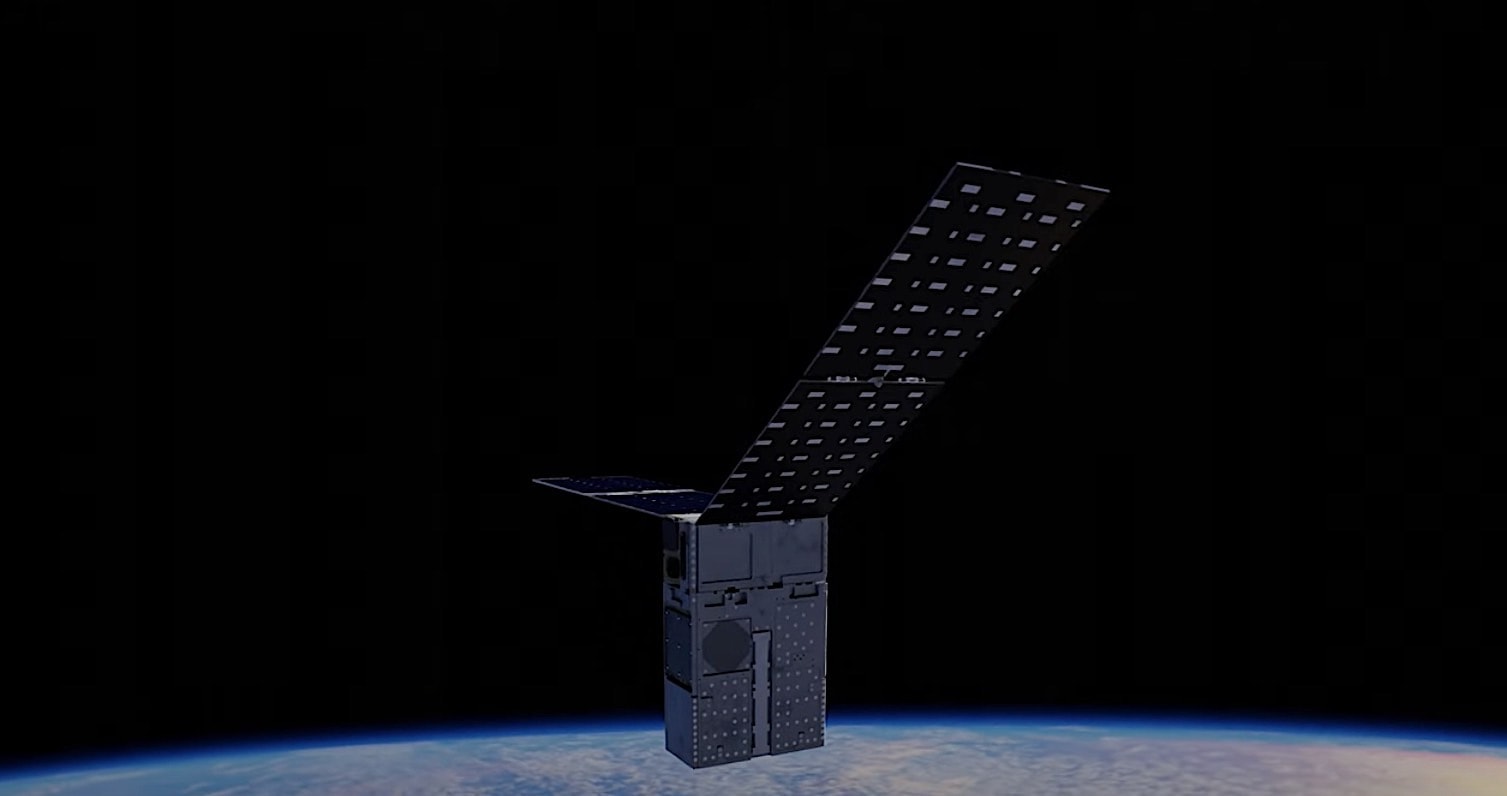Deploying autonomous satellite constellations for tasks like deep space exploration and planetary surveys is crucial for the future of space missions.
Unlike individual satellites that need extensive communication with Earth, these swarms can operate semi-independently. They can move around the space, conduct experiments, and adapt to environmental changes autonomously.
Ten months ago, the Starling CubeSat spacecraft was launched to demonstrate these capabilities. Recently, NASA announced that the mission had achieved its primary objectives, marking a major milestone.
Starling is now the first satellite swarm to autonomously share information and operational data among spacecraft, utilizing Distributed Spacecraft Autonomy (DSA) technology for enhanced data collection and mission efficiency.

NASA’s recent mission with CubeSats marked a milestone by becoming the first to showcase a “fully distributed onboard reasoning system” that swiftly reacts to scientific observations. The CubeSats collectively analyzed Earth’s ionosphere and agreed on the most effective methods to study detected phenomena.
As part of the mission, the Starling Formation-Flying Optical Experiment (StarFOX) utilized star trackers to help the swarm identify its members, distinguishing them from the space background. This innovative system allowed for the simultaneous tracking of multiple swarm members using only inter-satellite measurements from the spacecraft star trackers.
Additionally, the Reconfiguration and Orbit Maintenance Experiments Onboard (ROMEO) successfully tested maneuver planning and execution for orbital altitude changes. ROMEO facilitated the planning of orbital adjustments, though further testing is required to fully explore its capabilities.
With these key objectives achieved, NASA aims to integrate Starling with SpaceX’s Starlink to test space traffic coordination. Success in this endeavor could significantly improve our understanding of how satellite swarms from different entities can share information to prevent collisions.

